After an interesting week in Los Angeles I am now in Washington, D.C. It’s colder here in the mornings and evenings, but the last two days have cleared in the afternoon, showing off the Spring blooms and blossoms to full effect.
I mentioned in my last post some of the things I like and dislike about America, aware at the time that highlighting the polarity of what the country has to offer is something of a cliché, one often accompanied by Dickens: “It was the best of times, it was the worst of times” (or, if you prefer, “the blurst of times”). For something more acerbic, there is always Gore Vidal: “The United States was founded by the brightest people in the country – and we haven’t seen them since.”
It’s easy to play along, particularly when confronted by signs at the National Museum of American History which proudly state: ‘Coming Soon … Culture.’ The rest of the joke writes itself; but it’s a cheap shot. Anyone walking through the galleries and seeing Francis Wolff’s sublime photographs from Bluenote recording sessions, or the American Stories on display, or the galleries of African American culture (James Brown’s black 1968 Hammond B-3 Organ was a personal highlight), or the best of the U.S. Presidents would find it hard to deny that some of the peaks this society has produced are high enough to be aspirational for many, here and abroad.
Leaving the worst behind (or at least putting it to one side) perhaps the most conspicuous characteristic is national pride. America does patriotism well, but Washington, D.C. does it best. The National Mall is lined with great monuments, from imposing memorials to Lincoln and Martin Luther King Jr. to the Washington Monument.
Behind the grand façades are some extraordinary institutions documenting, preserving and educating the public about the history of the nation. And everywhere the flutter of stars and stripes.
Though many capital cities have something approaching this, I don’t know of any at this scale. What is equally impressive, and sometimes quite moving, is the number of people passionately engaging with their shared history.
The Lincoln Memorial is packed, not (only) with foreign tourists but with Americans of all ages, many of them stopping to read the words of Lincoln’s speeches carved in the walls.
I have seen people genuinely thrilled to find the spot on the steps where Martin Luther King Jr. gave his ‘I have a dream’ speech. The war memorials attract service people and relatives who, whether proud or full of regret, display a deep connection. There were groups enthralled by the huge, tattered flag at the National Museum of American History, the flag that inspired Francis Scott Key’s ‘Star Spangled Banner’ in 1814. On a past visit I was excited (and a little amazed) to see the size of the queues waiting to get into the National Archives to file past the Declaration of Independence, the Constitution, and the Bill of Rights. Few archival documents command such reverence and respect.
And there is the Smithsonian Institution, the primary reason I am here. While people call it ‘the Smithsonian’ it’s far from a monolith, with nineteen museums and a zoo comprised of public exhibition spaces, vast collection stores, research centres, numerous archives, libraries, and more.
Here the belief in philanthropy, knowledge and the public good is clearly apparent. Carved in the façade of the Museum of American History are quotes from James Smithson (1765-1829) himself:
Every man is a valuable member of society who, by his observations, researches, and experiments, procures knowledge for men … it is in his knowledge that man has found his greatness and his happiness … I bequeath the whole of my property … to the United States of America to found at Washington, under the name of the Smithsonian Institution, an establishment for the increase and diffusion of knowledge among men.
Leaving aside the clear gender bias (difficult today, when the repeated use of ‘man’ and ‘men’ stands out so distinctly), today a staff member from the Smithsonian told me Smithson was not just interested in disseminating knowledge from experts to the populace. He wanted people to conduct their own research and experiments, replicate the findings of scientists and experts, and test things for themselves.
On the same façade is a quote from Joseph Henry, first Secretary of the Smithsonian Institution:
Modern civilization depends on science … James Smithson was well aware that knowledge should not be viewed as existing in isolated parts, but as a whole, each portion of which throws light on all the other, and that the tendency of all is to improve the human mind, and give it new sources of power and enjoyment … narrow minds think nothing of importance but their own favorite pursuit, but liberal views exclude no branch of science or literature, for they all contribute to sweeten, to adorn, and to embellish life … science is the pursuit above all which impresses us with the capacity of man for intellectual and moral progress and awakens the human intellect to aspiration for a higher condition of humanity.
The second sentence is a fairly concise summation of the purpose behind my current doctoral research, and the rest of Henry’s words start to suggest its value. Walking down the National Mall of Washington, D.C. there are speeches, monuments and institutions proclaiming ideas such as these all around.
That many people absorb the patriotism and national pride on offer uncritically, bombast and all, is a problem. I could just as easily write a post scathingly critical of the systemic inequalities visible here, the sometimes baffling, sometimes horrifying social and political mores on display, and the cultural arrogance (or ignorance) to which many of these issues relate.
But sometimes, standing where Martin Luther King Jr. stood looking out toward the Washington Monument, or watching children wide-eyed before artefacts from the Apollo missions in the Smithsonian, or reading the words of Smithson standing by the cherry blossoms in a public space, even a visitor critical of many of the manifest problems with the modern U.S. can sometimes feel a little of their cynicism lifting and a little wonder at the best America has to offer creeping in.

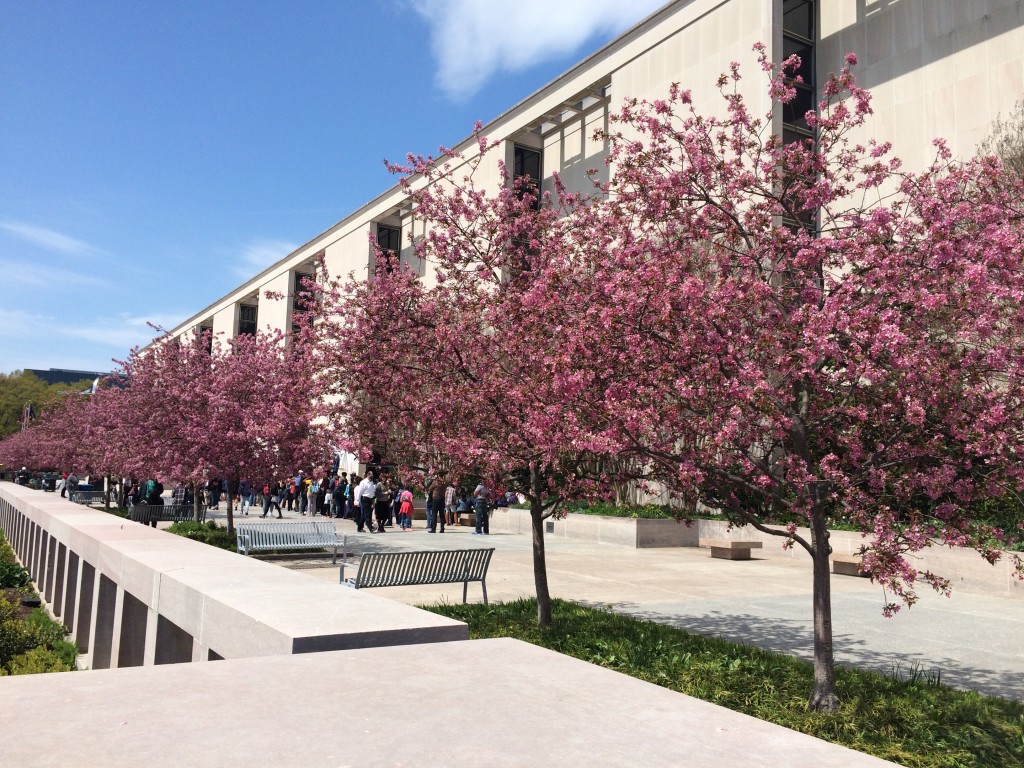
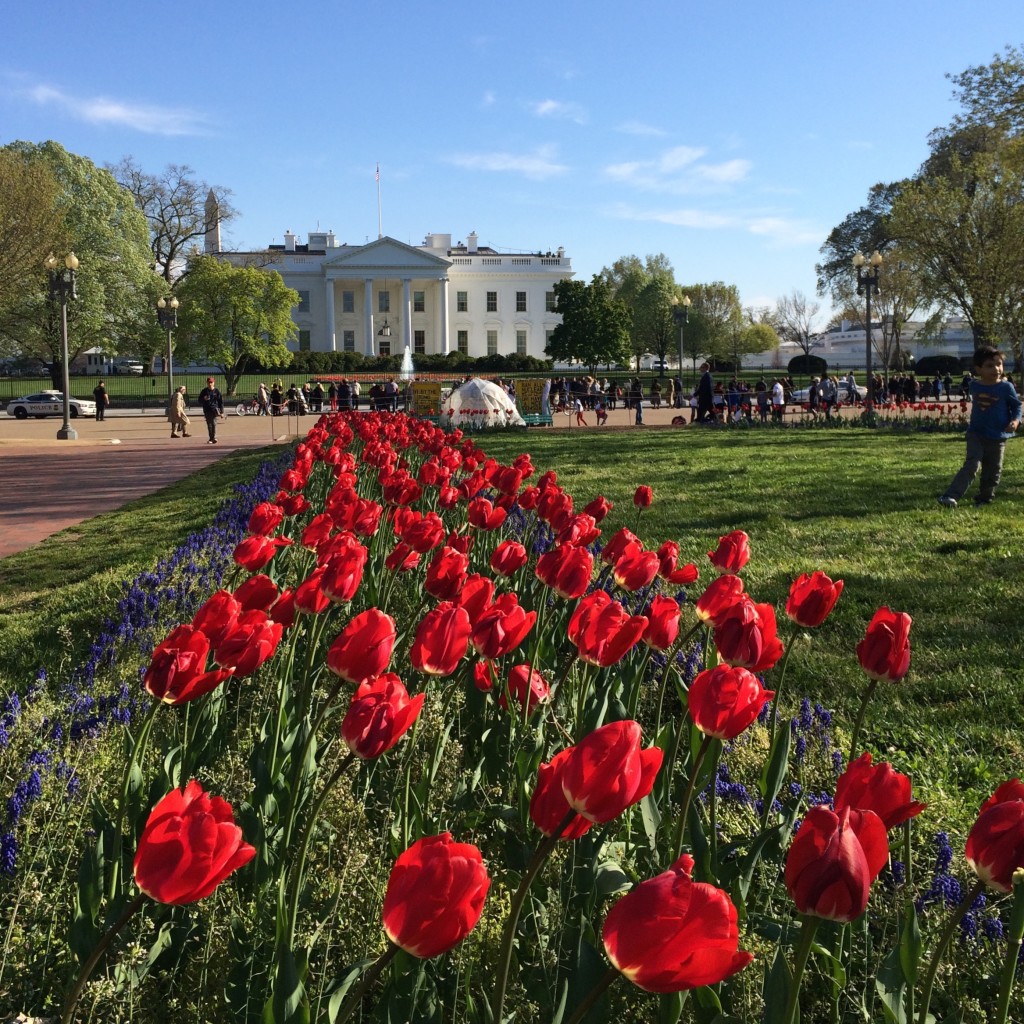
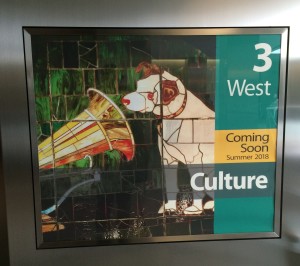
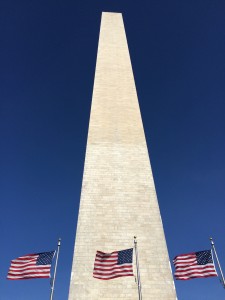
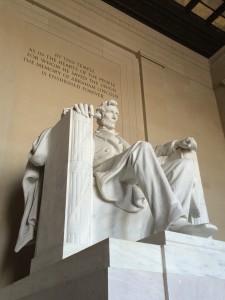
![Museums and Hours in the Washington, D.C. area [detail]](http://www.mikejonesonline.com/contextjunky/wp-content/uploads/2016/04/IMG_5718-1024x768.jpg)
April 13, 2016 at 2:12 pm
Thanks Mike…..I can perfectly understand your comment in the last paragraph. I would find it all so engaging.
May 25, 2016 at 9:58 pm
Really great photos and post Mike… Wouldn’t you mind if we use some of this material to write an essay on history of city of Washington?
May 26, 2016 at 6:38 pm
Thanks! I have no issue with you using some of this material, provided you do so with attribution to me as the source. I’ve been meaning to apply a Creative Commons license to this blog for some time and just haven’t got around to it yet. This will be a CC BY 4.0 so I ask that you treat the material as outlined in that license: https://creativecommons.org/licenses/by/4.0/